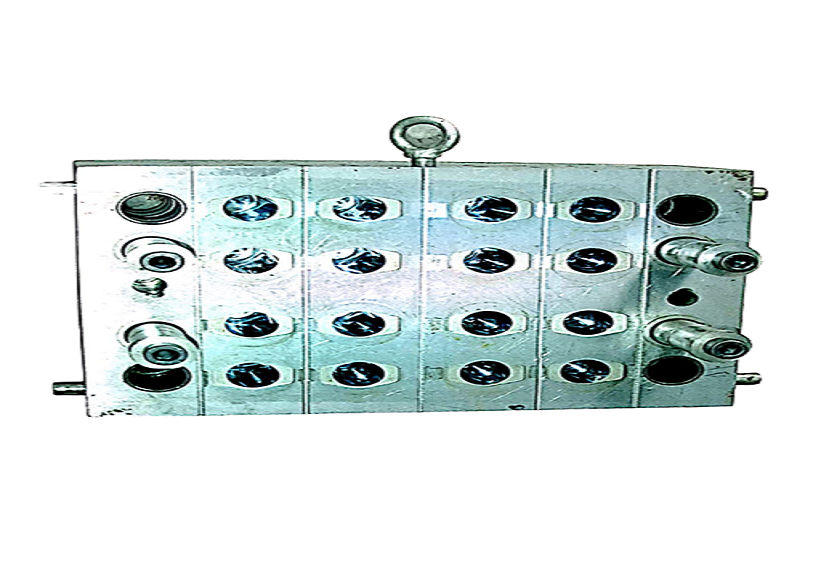How has the development of medical plastic molds transformed the manufacturing and functionality of medical devices?
One of the key contributions of
medical plastic molds is their ability to produce intricate and precise components for medical devices. These molds are designed with high precision and accuracy, enabling the creation of complex geometries and intricate details. The use of medical plastic molds allows manufacturers to produce parts with consistent quality and dimensional accuracy, ensuring the reliability and effectiveness of medical devices. This precision is particularly crucial in critical applications such as surgical instruments, implants, and diagnostic equipment, where even minor variations can impact patient outcomes.
the development of medical plastic molds has facilitated the production of customized and patient-specific medical devices. With advances in imaging technology and 3D printing, medical professionals can now design personalized devices tailored to individual patients. Medical plastic molds play a vital role in translating these designs into physical objects. They enable the creation of patient-specific implants, prosthetics, and orthopedic devices, ensuring a precise fit and optimal functionality. This customization improves patient comfort, enhances treatment outcomes, and reduces the risk of complications, making medical interventions more effective and patient-centric.
The implementation of medical plastic molds has also driven innovation in medical device functionality. These molds allow for the integration of various features and functionalities into medical devices, enhancing their performance and usability. For example, injection molds can be designed to incorporate channels for fluid delivery, microstructures for drug elution, or complex mechanisms for surgical instruments. This integration of advanced functionalities improves the capabilities of medical devices, enabling more efficient diagnosis, treatment, and monitoring of patients. Additionally, the use of medical plastic molds facilitates the production of lightweight and ergonomic devices, optimizing user experience for both healthcare professionals and patients.
medical plastic molds have contributed to the development of cost-effective and scalable manufacturing processes. The versatility and efficiency of plastic molding techniques allow for high-volume production of medical devices at a lower cost compared to traditional manufacturing methods. Injection molding, for instance, enables the rapid and consistent production of large quantities of medical components with minimal material waste. This scalability and cost-effectiveness of medical plastic molds have made it easier to meet the increasing demand for medical devices, promoting accessibility to quality healthcare solutions worldwide.
The integration of medical plastic molds has also improved the sterility and safety of medical devices. Plastic materials used in medical molds can be selected for their biocompatibility, chemical resistance, and sterilization capabilities. This ensures that medical devices produced from these molds meet stringent regulatory requirements and can be safely used in clinical settings. Additionally, plastic molds allow for the creation of single-use or disposable medical devices, minimizing the risk of cross-contamination and infections. The use of disposable devices not only simplifies sterilization processes but also reduces the burden on healthcare facilities, improving patient safety and infection control practices.

